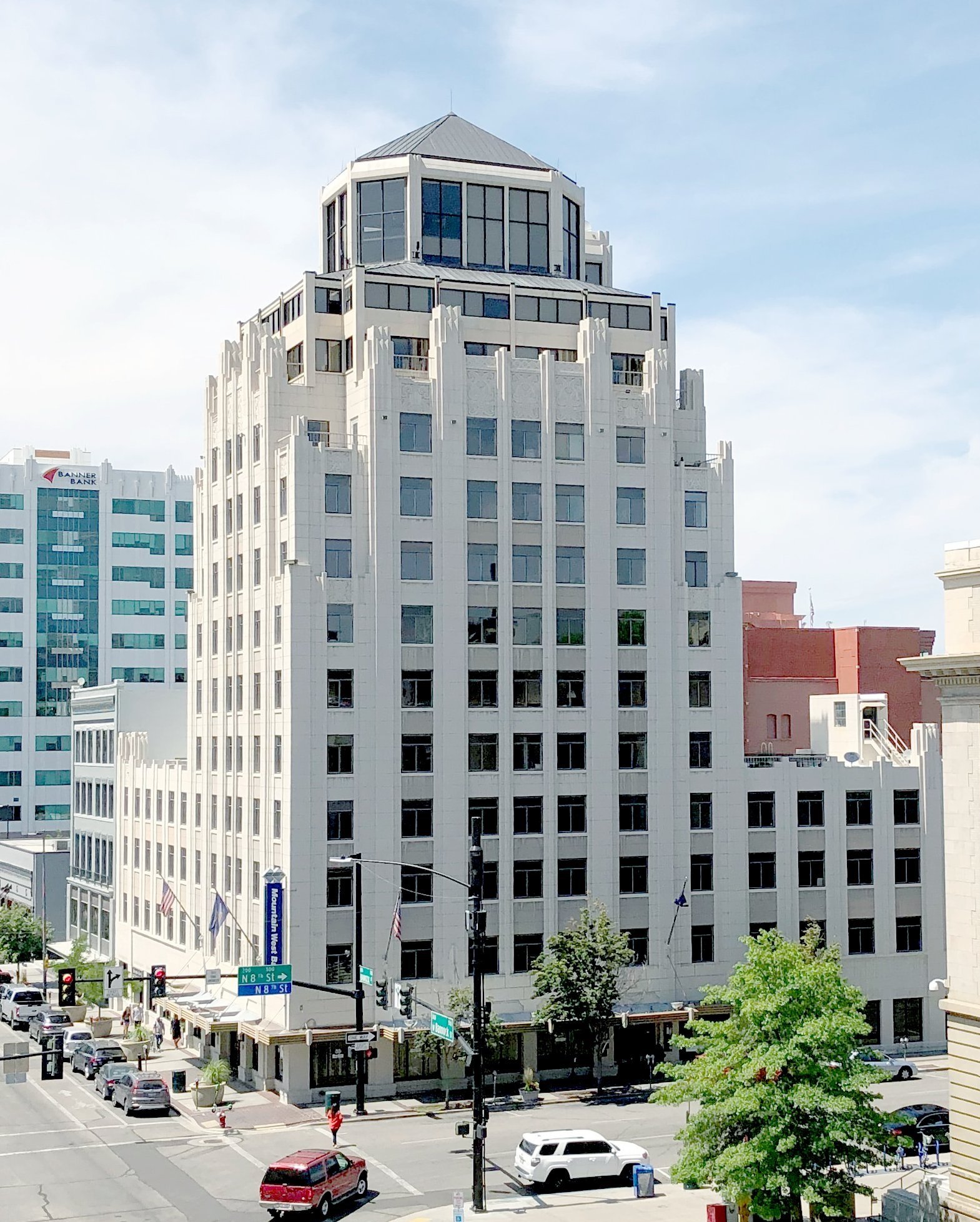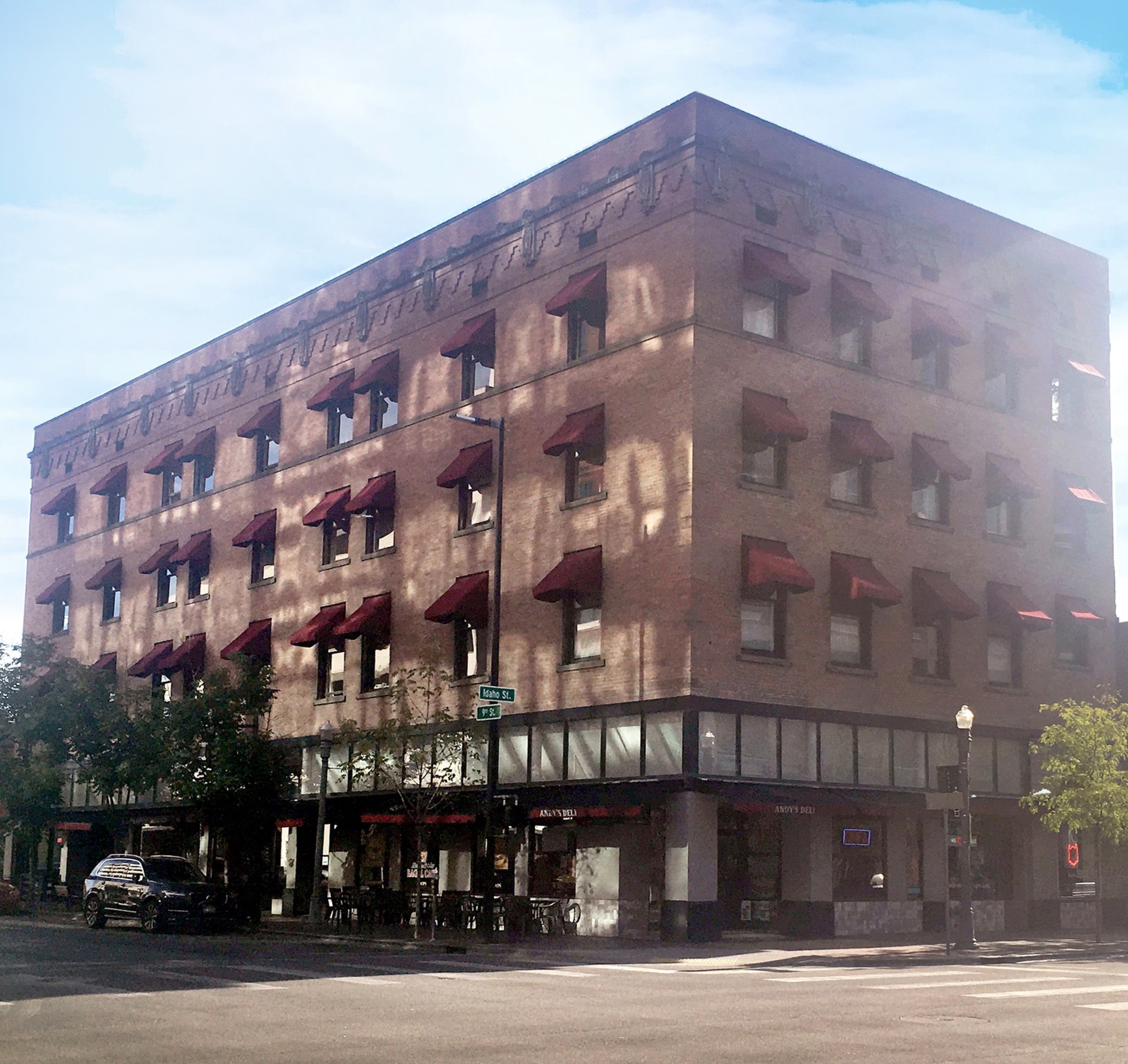ICRE: Is the "Boomerang Effect" Accelerating Office Demand?
Recently Forbes highlighted another work trend dubbed the “Boomerang Effect.” Many employers are noticing a desire to return to in-person workplace environment as workplaces have adjusted to pandemic realities.
Throughout the pandemic, headlines consistently highlighted the Remote Work Revolution, with some companies offering remote positions indefinitely. Remote workers with newfound flexibility have even been relocating, many to the fast-growing Boise, Idaho.
Recently Forbes highlighted another work trend dubbed the “Boomerang Effect.” Many employers are noticing employees who prefer in-person workplace environment as offices around the country have adjusted to pandemic realities.
Leasing activity is increasing and demand for office space was at a 15-month high in August of last year — around only 13% below the demand pre-Covid.
In fact, even in the face of a new variant, some global office markets are still thriving. Take for example how nearly 80% of London’s financial district workers were back at the office as of late November [2021].
“This article very accurately shows what I am sensing in the office market,” says Wendy Shoemaker of ICRE. “People are social animals and need the interaction with others both in their personal and business lives. Going back to the office, even on a flex basis, is important for employees and employers from the standpoint that collaboration and social interaction is more possible in person than on a video call.”
A few other notable data points include an Indeed.com study showing that about half of employees miss going into the office. Also, Gallup research shows hybrid work is twice as desirable to employees than fully remote work.
Forbes goes on to say:
A senior economist from Nareit, Calvin Schnure, said in an interview on GlobeSt.com that, "It’s perfectly consistent to have a work-from-home policy and still have a need for office space as in the past. The office is still going to be the hub of activity and businesses know that.”
“I’m not surprised to see that the majority of employees don’t see fully remote work as ideal, but do see flexibility as a necessary accommodation” says ICRE’s Rachel Gall. “Most offices prefer employees to work from home if there is sickness in the home, and many school districts have sick policies in place as the pandemic continues. After working remotely for about 10 months starting March 2020, I hardly notice working from home for a few days if I need to. It no longer feels disruptive, it’s the new normal.”
Forbes highlights a few more reasons for this “boomerang” trend, including workplaces amenities, and a perennial workplace consideration: a cool location.
Even before the pandemic, companies chose to be located in the most desirable office buildings at the most coveted addresses throughout the country. This was a sign of prestige to their investors, their competitors and their staff.
As the business world adjusts to a new normal and employees are returning to their previous employers, this pattern has resumed. There is a flight to quality as firms look to make office life inviting and appealing to their teams. They are seeking space in buildings that are easy to commute to and within walking distance of shopping, dining, entertainment and retail.
Downtown Boise doesn’t lack in historic, or state-of-the-art business locations. Zions Bank Building, the historic Hoff Building, and McCarty Building right next to 8th Street, and Freak Alley, to name a few.
Is hybrid work the new normal? Have you observed employees preferring both flexibility, and the social collaborative office environment? Let us know your thoughts below.



